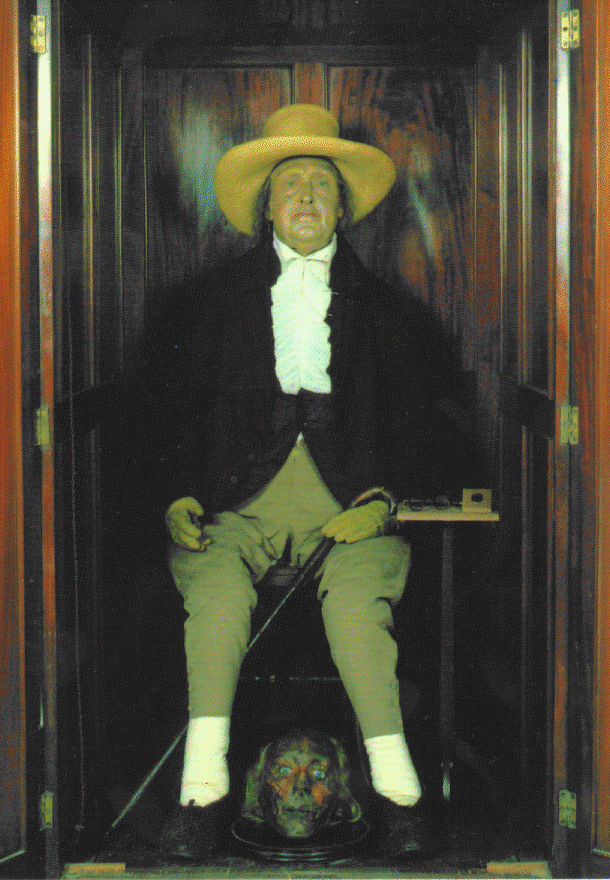John, you said:
This is true for each prime . But the integers, are more complicated than any of these ’s. To be precise, we have maps
for each . So, if we think of as a kind of space, it’s a big space that contains all the “planes” corresponding to the ’s. So, it’s 3-dimensional!
In short: from the viewpoint of Étale topology, the integers have one dimension that says which prime you’re at, and two more coming from the plane-like nature of each individual .
I’m going to be a bit abrupt here and say that I think this point of view is wrong. Or at least it is so different to what I’m used to thinking that I would need much more detail to be convinced there is something to it.
Let me explain what I think is wrong and what I think the right way of thinking about it is.
First of all, you’ve used to mean two different things, and I think you’ve conflated them. There is and then there is the set of points of the affine line with coordinates in . This is like confusing a point, whose function algebra is , with the space , whose function algebra is way bigger.
But you’re interested in . As you say, there are closed subspaces coming from the Spec’s. Note that the affine line is nowhere in sight.
What about each ? They are each 1-dimensional from the point of view of the etale topology. Why? It is a basic fact, almost by definition, that a sheaf on of a field is the same thing as a -set, where is the absolute Galois group of the field. Therefore the etale cohomology is just the group cohomology of . Therefore the etale cohomolical dimension of of a field is the same thing as the cohomological dimension of its absolute Galois group. What is the abolute Galois group of a finite field? It’s the cyclic group freely generated by the Frobenius operator. And free cyclic groups have cohomological dimension 1. (I’m being a bit loose: there is more than one notion of cohomological dimension, and the absolute Galois group of a finite field is actually the free pro-cyclic group on one generator, but since we always look at cohomology with finite coefficients, we can ignore this.)
In other words, the ’s that cover are each one-dimensional, not two-dimensional.
So then why should there be the two dimensions of primes needed to make three-dimensional? I don’t think there is a pure-thought answer to this question. As you wrote, there is a scientific answer in terms of Artin-Verdier duality, which is pretty much the same as class field theory. There is also a pure-thought answer to an analogous question. Let me try to explain that.
Instead of considering , let’s consider , where is a finite field. They are both principal ideal domains with finite residue fields, and this makes them behave very similarly, even on a deep level. I’ll explain why is three-dimensional, and then by analogy we can hope is, too. Now is an -algebra. In other words, is a space mapping to . I already explained why is a circle from the point of view of the etale topology. So, if is supposed to be three-dimensional, the fibers of this map better be two-dimensional. What are the fibers of this map? Well, what are the points of ? A point in the etale topology is of some field with a trivial absolute Galois group, or in other words, an algebraically closed field (even better, a separably closed one). Therefore a etale point of is the same thing as of an algebraic closure of . What then is the fiber of over this point? It’s of the ring . Now, *this* is just the affine line over an algebraically closed field, so we can figure out its cohomological dimension. The affine line over the complex numbers, another algebraically closed field, is a plane and therefore has cohomological dimension 2. Since etale cohomology is kind of the same as usual singular cohomology, the etale cohomological dimension of Spec ought to be 2.
Therefore looks like a 3-manifold fibered in 2-manifolds over Spec, which looks like a circle. Back to Spec, we analogously expect it to look like a 3-manifold, but absent a (non-formal) theory of the field with one element, is not an algebra over anything. Therefore we expect Spec to be a 3-manifold, but not fibered over anything.




Re: This Week’s Finds in Mathematical Physics (Week 257)
Streater’s causes (lost and otherwise) can be found online here.